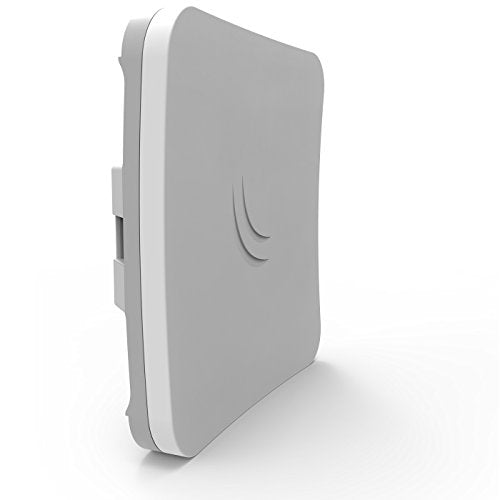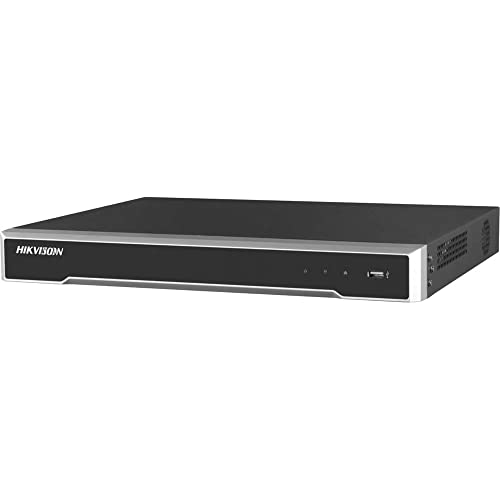In today's technologically advanced world, wireless connectivity has become an essential part of our daily lives. WiFi networks allow users to connect multiple devices simultaneously to the Internet, enabling seamless communication and access to a wide range of resources. Point-to-Multi-Point (P2MP) network design provides an efficient and cost-effective solution for extending wireless coverage to multiple locations. This essay explores the best practices for designing P2MP networks to ensure reliable and high-performance WiFi connectivity.
1. Site Survey:
Before designing a P2MP network, conducting a comprehensive site survey is crucial. This involves analyzing the physical surroundings, such as buildings, foliage, and other obstacles that may hinder signal propagation. By identifying potential sources of interference, network designers can strategically install access points (APs) to minimize signal degradation and optimize coverage.
2. AP Placement:
Strategic AP placement is vital to ensure seamless and consistent coverage throughout the desired area. Designers should consider factors such as user density, building materials, and line-of-sight (LOS) conditions. Placing APs centrally within each desired coverage area ensures maximum coverage while reducing the potential for signal loss or dead zones.
3. Channel Selection and Bandwidth Capacity:
Selecting the appropriate wireless channels is crucial to ensure minimal interference and optimal performance. Utilizing channels with minimal overlapping signals from neighboring wireless networks guarantees interference-free operation. Additionally, P2MP network designers must consider the available bandwidth and data rates required by users in each coverage area. Adequate bandwidth and capacity are essential to support multiple simultaneous connections without compromising network performance.
4. Radio Frequency (RF) Management:
Effective RF management is crucial for reducing interference and optimizing network performance. Network designers should deploy techniques such as channel bonding, spectrum analysis, and dynamic frequency selection to minimize interference from other WiFi networks, Bluetooth devices, or microwave ovens operating in the same frequency bands. Regular monitoring and analysis of the RF environment should also be performed to identify sources of interference or potential performance bottlenecks.
5. Security:
Ensuring the security of a P2MP WiFi network is paramount. Designers should implement robust security measures, including strong encryption (WPA2 or higher), authentication protocols, and firewall protection. Individual user access controls, such as MAC filtering and SSID hiding, further enhance network security. Regular firmware updates and security audits should also be conducted to identify and mitigate any vulnerabilities.
6. Scalability and Redundancy:
P2MP network designs should incorporate scalability and redundancy to accommodate future growth and provide uninterrupted service. This can be achieved by using technologies such as load balancing, failover mechanisms, and redundant network paths. Network designers should consider the anticipated number of users and data requirements to ensure scalability and redundancy are built into the initial network design.
7. Network Management and Monitoring:
A well-designed P2MP WiFi network requires effective network management and monitoring tools. Remote management capabilities allow network administrators to monitor the status of APs, detect network issues, and adjust settings to ensure optimal performance. Real-time monitoring tools help in troubleshooting and identifying potential bottlenecks or performance degradation, enabling prompt resolution of network issues.
Designing a robust and reliable P2MP WiFi network is essential for seamless connectivity and enhanced user experience. By following the best practices outlined above, including site surveys, AP placement, channel selection, RF management, security measures, scalability, and network monitoring, network designers can ensure optimal network performance, security, and user satisfaction. As wireless connectivity continues to evolve, adhering to these guidelines will support the future expansion and success of P2MP networks.


